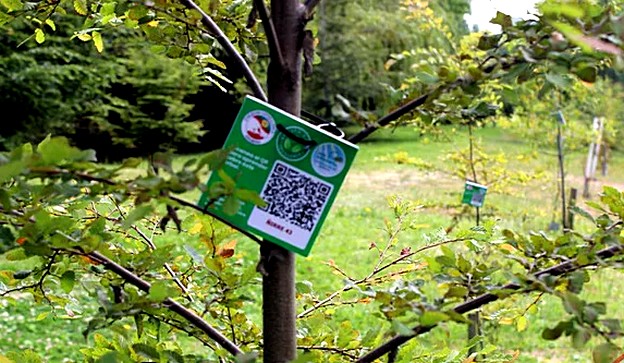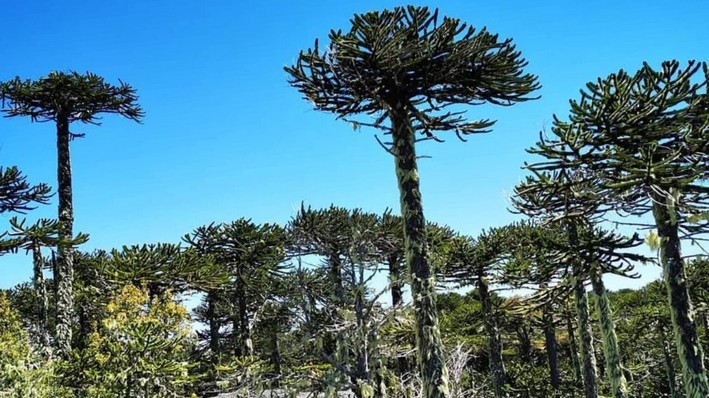INIA Researchers Develop Semiochemical-Based Bait to Control Aggressive Forest Pest
- The presence of the pine bark beetle, Hylurgus ligniperda, which has been in Chile since the 1980s, causes significant losses each year, making its control essential.
To reduce the presence of the pest insect Hylurgus ligniperda in the country's radiata pine plantations, researchers at INIA Quilamapu are developing an aromatic bait capable of attracting this beetle. This innovative control system addresses the challenges posed by the adult insect, which, despite being only 5 millimeters long, bores into the bark of certain trees and creates a network of galleries between the bark and the wood, where they develop and reproduce, weakening the tree's structure and allowing fungi to enter and act.
This makes the presence of this insect, also known as the golden-haired pine bark beetle, an economically significant forest pest affecting major timber markets worldwide, with a tendency to increase due to disruptions caused by climate change.
Native to Europe and Africa, this tiny insect was first classified as a pest in New Zealand in 1970. In Chile, it was detected in 1985, causing concern in the forestry sector, which currently represents 3 to 4% of the national GDP.
In our country, the primary host of this insect is the radiata pine, a species that covers about 70% of the planted area, yielding various export products such as sawn timber and other value-added goods. However, in recent years, these exports have been affected by the insect's presence, driving the urgency to find effective control methods.
The Technology of Semiochemicals
In the Chemical Ecology Laboratory at INIA Quilamapu in Chillán, an innovative pest control method is being developed. It involves the use of natural aromas or semiochemicals that rely on irresistible scents for this weevil.
The researcher and head of the laboratory, Ricardo Ceballos, stated, "We are working on developing a degradable bait specific to Hylurgus ligniperda that will release volatile compounds highly attractive to this insect." In this regard, the scientist explained that the research is based on their own studies, which demonstrated the weevil's attraction to a type of volatile semiochemicals emitted by radiata pine, a species that provides it with suitable sustenance.
The bait, currently in the validation phase, could be the first in the world exclusively designed to attract this insect. Ceballos detailed that other countries have developed generic semiochemical baits targeting all types of beetles, but the challenge undertaken by the Chemical Ecology Laboratory at INIA Quilamapu was greater.
The researcher emphasized the importance of achieving a well-formulated product, like the bait, as it protects the semiochemicals from environmental factors, thereby improving their efficiency and longevity. Regarding its usage characteristics, he noted that the bait will come in capsule form, facilitating handling, transport, and storage.
This first bait for controlling the pine bark beetle is being developed as part of the project "Development of Ethological and Biological Control for Pine Bark Beetles," funded by the National Agency for Research and Development (ANID), with contributions from Biobichos and the collaboration of the Forest Phytosanitary Protection Consortium.
Ricardo Ceballos, a forestry engineer and specialist in insect chemical ecology, highlighted that the identification of attractive compounds involved electrophysiological and behavioral experiments alongside chemical analyses, all of which helped determine the volatile compounds (odors) that elicit attraction or repulsion in the insect. This led to the development of a formulated bait that, in the coming years, can be applied in forest plantations to capture the insect.

















